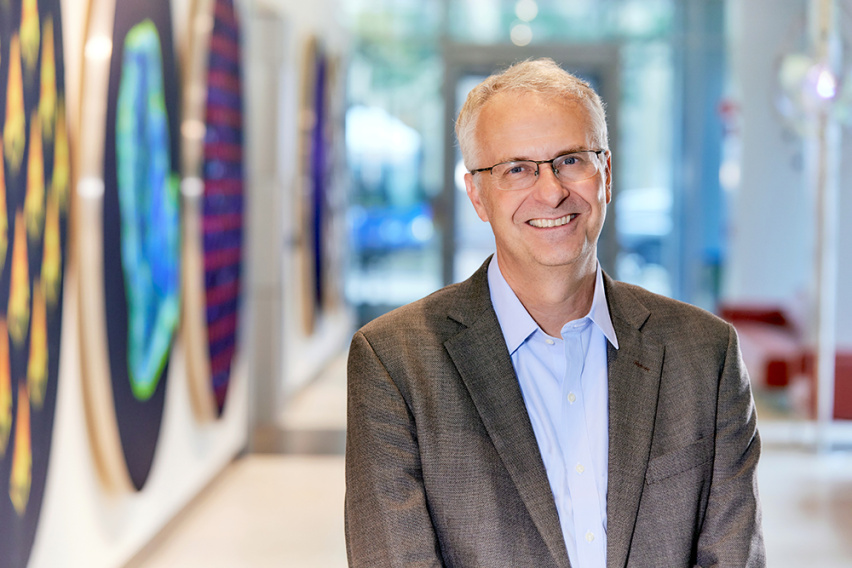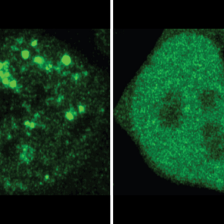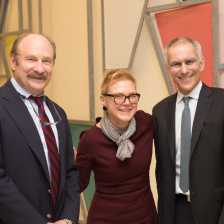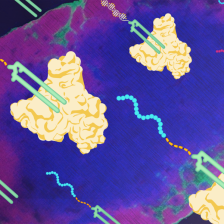
Together, we can shape the future of convergence science in oncology.
At the Koch Institute, we approach cancer research differently. Our vibrant community of more than 1,000 life scientists and engineers brings the best of MIT to cancer research, working across disciplines to ask big questions and come up with big ideas. Our research model is built on Convergence—the coming together of life sciences with engineering and physical sciences—and collaboration. Our collaborations extend from our labs, across the MIT campus, to our neighbors in Greater Boston’s world-renowned biotechnology hub and clinical cancer centers, and beyond. As we enter this new era, the ongoing convergence of scientific and technological breakthroughs opens up entirely new possibilities for changing the course of cancer. Coming from all these fields and working together in an open, collaborative spirit toward shared goals, the Koch Institute community continues to constitute the vanguard of this change.
Improving patient survival and quality of life is a key goal of the Koch Institute research model. From models and compounds, to clinical trials and commercial-scale production, our collaborations allow us—and our partners—to harness complementary expertise and capabilities to open up new avenues for clinical care.
Our research
While our investigators work on many topics and tumor types, as an institution we focus on five strategic areas across a broad range of cancers: nanotechnology-based drugs, detection and monitoring, metastasis, precision medicine, and immunology and immunotherapy. By working at these critical junctures, we aim for transformative, rather than incremental, advances—to make discoveries and build tools that can make the greatest impact on patients’ survival and improve their quality of life. Increasingly, the development and application of machine learning and AI tools underpins work in all our strategic research areas. Expanding support for these efforts—in individual labs, with MIT collaborators, and in our Swanson Biotechnology Center—is key to the success of our current and future efforts.

Ana Jaklenec and her research group develop microparticles that can be used in an astonishing array of functions. In addition to the heat-stable nutrient delivery microparticles seen here, the team has developed materials and microdevices that deliver dual therapies to tumors, enable self-boosting vaccines, and provide a biodegradable alternative to microplastics found in beauty and household products.
Join the BioConvergence Cancer Alliance at MIT
Connect with our community of research leaders to anticipate areas of impact in cancer research and translate discoveries into tools and treatments that improve patient survival and quality of life. Join us in pursuing our core priorities:
- Advance discovery science and breakthrough technologies.
- Amplify our next generations of researchers.
- Shape the future of convergence science in oncology.

Credit: Steve Boxall
As both a researcher and a practicing oncologist, I am reminded every day that one of most important things we can do for cancer patients is shorten the time between research idea and clinical solution, between science fiction and science. At the Koch Institute we work to speed this process through everything we do. We encourage our community to take risks, question everything, and pursue the most promising leads—approaches needed to make the seemingly improbable possible.
Matthew Vander Heiden, Director



